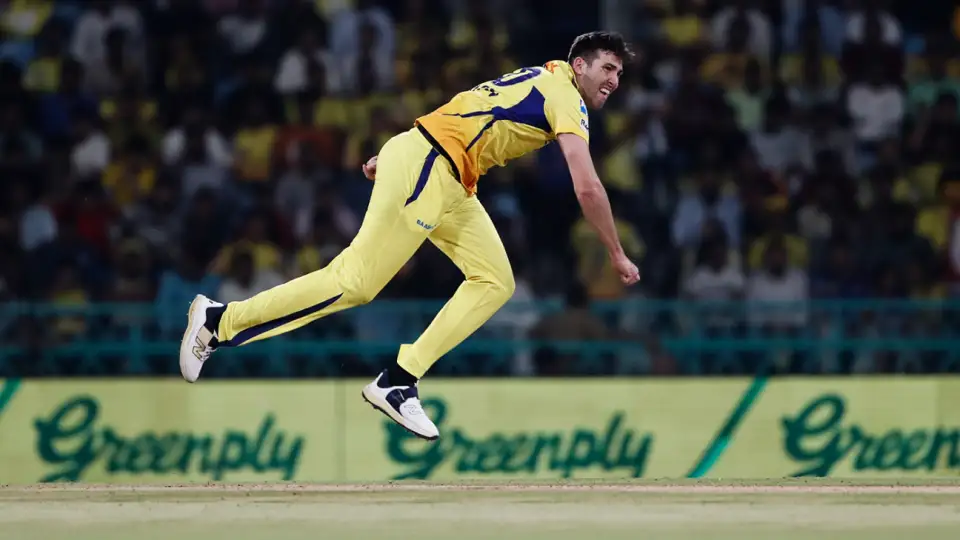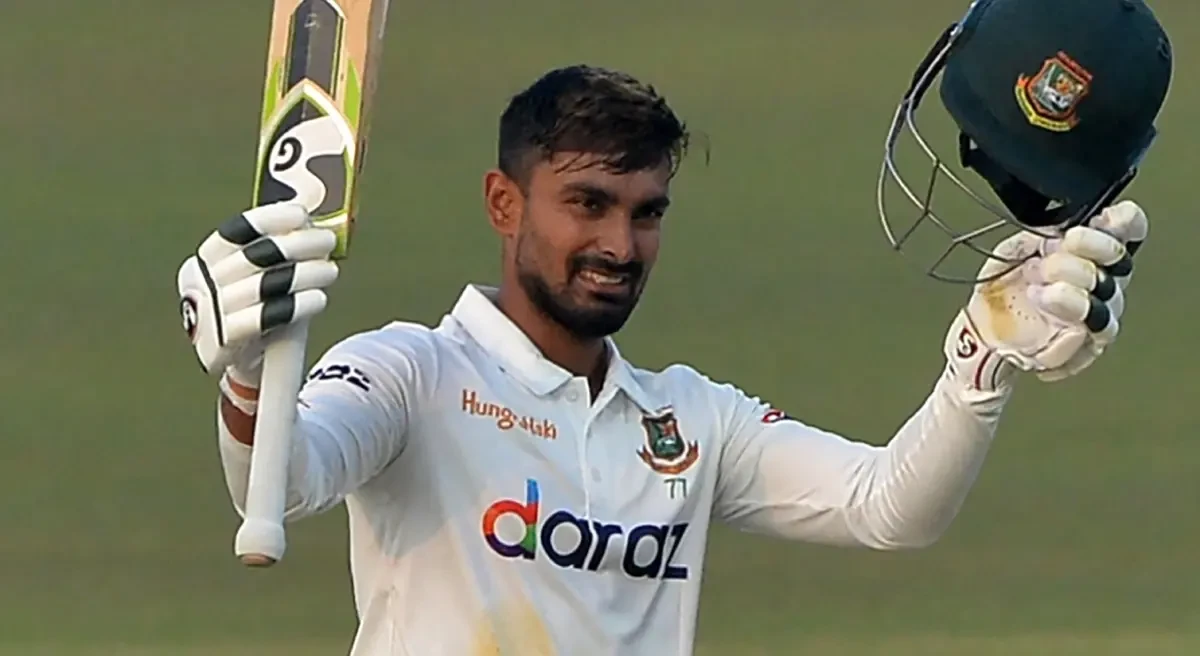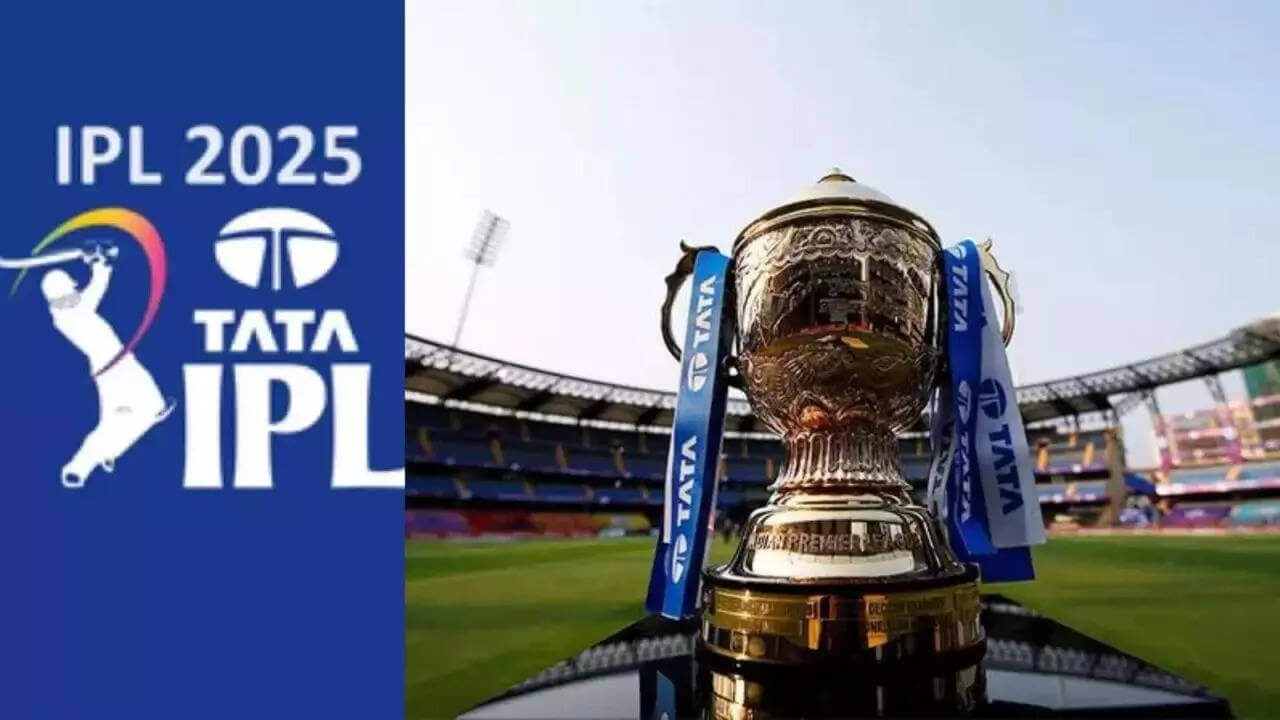In an extraordinary move triggered by an equally extraordinary situation, the Board of Control for Cricket in India (BCCI) has enacted a temporary change in the rules governing player replacements in the Indian Premier League. This modification, relevant only for the 2025 edition, permits teams to bring in temporary replacement players for those who are unavailable due to injuries, illnesses, personal reasons, or national duties.
This one-time rule change comes in the wake of a suspension that disrupted the normal flow of the tournament, extending it far beyond its initially scheduled end date of May 25, 2025. With players unavailable or withdrawn due to overlapping international fixtures and personal circumstances, many franchises found themselves struggling to field complete squads. The BCCI responded swiftly with an operational update that allows flexibility—albeit with certain limitations—to help teams regain stability and finish the season competitively.
IPL allows franchises to announce 'Temporary Replacements' for players not returning for the remainder of the IPL 🤯
— Cricbuzz (@cricbuzz) May 14, 2025
Click on the link to read the latest news https://t.co/SDvRSgU4Gn#IPL2025 #IPL pic.twitter.com/v5sksAjVwq
Why IPL 2025 Is Different: A Season Marred by Disruption
IPL 2025 has been unlike any previous edition in the league’s history. The mid-season suspension due to unavoidable logistical and calendar clashes placed unprecedented pressure on franchises. Players had already committed to national duties, suffered untimely injuries, or made personal decisions to opt out of the remainder of the competition.
As teams reassembled months later to complete the second leg of the season, the existing IPL Player Regulations became inadequate in addressing the evolving needs of franchises. Typically, player replacements are governed by rigid criteria to ensure fairness and maintain consistency across teams. However, the BCCI’s new directive reflects the organization’s capacity to adapt its rules in real time, prioritizing the quality and continuity of the tournament above rigid formalities.
The move is both strategic and essential. It avoids the possibility of unbalanced contests, prevents forfeitures, and ensures that every franchise remains equipped to compete at the highest level. This exceptional measure acknowledges the complexity of modern cricket scheduling and the burden it places on player availability.
Key Features of the Temporary Replacement Rule
The newly introduced rule allows each franchise to replace players who are unavailable for the remainder of IPL 2025 due to a defined set of circumstances. Importantly, this measure is strictly temporary and comes with clear restrictions to prevent misuse or unfair competitive advantages.
First, players who are brought in as temporary replacements will be allowed to participate only until the conclusion of IPL 2025. They will not be eligible for retention by their respective franchises for the 2026 season. Regardless of how impressive their performance may be, these players must re-enter the 2026 IPL Player Auction if they wish to return to the league.
Second, the rule draws a distinct boundary between replacements sanctioned before the suspension period and those added after. Only those players who were officially registered as replacements before the break in the tournament will be eligible to be retained for the next season. This distinction reinforces fairness and ensures that no team benefits from post-suspension recruitment decisions in a way that influences their long-term squad architecture.
The BCCI has been clear that this amendment is an exception tailored to the unique challenges posed by this season and should not be interpreted as a precedent for future regulatory adjustments unless similar disruptions occur again.
Tactical Consequences for Franchises
This rule shift requires franchise owners, team directors, and coaching staff to reassess their tactical frameworks. The immediate challenge lies in identifying suitable short-term talent that can deliver match-winning performances without being considered part of the franchise’s long-term vision.
One of the most complex aspects of this regulation is the non-retention clause. Franchises must now decide whether they want to invest valuable playing time and team resources into nurturing a player who may significantly boost performance now but must be let go at season’s end. This situation puts team management in a delicate balancing act between maximizing present gains and preserving resources for future team-building.
Additionally, scouting departments will be under increased pressure to find undervalued assets who can deliver immediate results. Since these players won’t be part of next season’s plans, teams may favor experienced professionals over developing young talent who would typically require time to integrate. As a result, we could witness a surge in late-season signings involving seasoned domestic performers and international veterans who are available for a limited time.
Opportunities and Challenges for Players
From a player’s perspective, this development is a double-edged sword. For those previously overlooked in the main squad selection or auction, the temporary replacement rule opens a valuable window of opportunity. Lesser-known domestic cricketers, emerging talents, and even fringe international players now have a platform to showcase their skills in high-pressure scenarios on a global stage.
However, the caveat is that their performance, no matter how outstanding, does not guarantee continuity. The inability to be retained means that these players must again enter the competitive fray of the 2026 auction, where their value will be judged in a broader pool of talent.
For some, this could prove beneficial—boosting their visibility and increasing their market value. For others, the lack of retention assurance could lead to uncertainty, as teams may avoid investing in players who don’t fit into longer-term plans. Nonetheless, this situation reinforces the IPL’s dynamic nature and the importance of adaptability, not just for franchises but for players aiming to make their mark.
Industry Reactions and Broader Implications
The response to the rule has been mixed across the cricketing ecosystem. Some experts have hailed the BCCI’s adaptability, appreciating its readiness to safeguard the quality of competition amid unpredictable events. These voices emphasize that flexibility is crucial when managing a league of IPL’s scale, especially in a sport where players constantly juggle national and franchise commitments.
Others, however, have questioned the no-retention rule, arguing that it disincentivizes franchises from placing full faith in temporary players. Critics suggest that a case-by-case approach to post-season retention may have been more equitable, allowing exceptional performers a shot at continuity without forcing re-entry into the auction process.
Despite differing viewpoints, most stakeholders agree that this intervention was necessary. The rule upholds the competitive fabric of the tournament, enabling franchises to compete on a level playing field while still enforcing transparency and limits around player movement.
Place your bets at JitaBet and JitaWin, they offer really good odds, play and win big!
🚨 TEMPORARY REPLACEMENTS IN IPL 🚨
— Johns. (@CricCrazyJohns) May 14, 2025
– IPL teams can pick temporary replacement due to the unavailability of certain overseas stars but the replacements are not eligible for retention for IPL 2026. [Cricbuzz] pic.twitter.com/Jjrvqe0nn6
Conclusion
The introduction of the temporary replacement rule in IPL 2025 is a clear reflection of the BCCI’s willingness to adapt under pressure while maintaining control over the league’s long-term direction. It ensures that no team is unduly handicapped by uncontrollable player exits while simultaneously preserving the spirit of competitive equity.
This policy sets a useful precedent for how the IPL—and perhaps other global leagues—can manage future disruptions without sacrificing tournament quality or structural integrity. While the rule is officially a one-off, its legacy may influence how cricket’s governing bodies prepare for and respond to crises that impact player participation.
As IPL 2025 enters its crucial final stretch, this temporary measure could prove to be one of the most impactful regulatory shifts in the tournament’s recent history. Teams will adapt, new stars may emerge, and fans can continue to enjoy top-tier cricket—all made possible by a single, timely decision from the game’s highest authority in India.


























